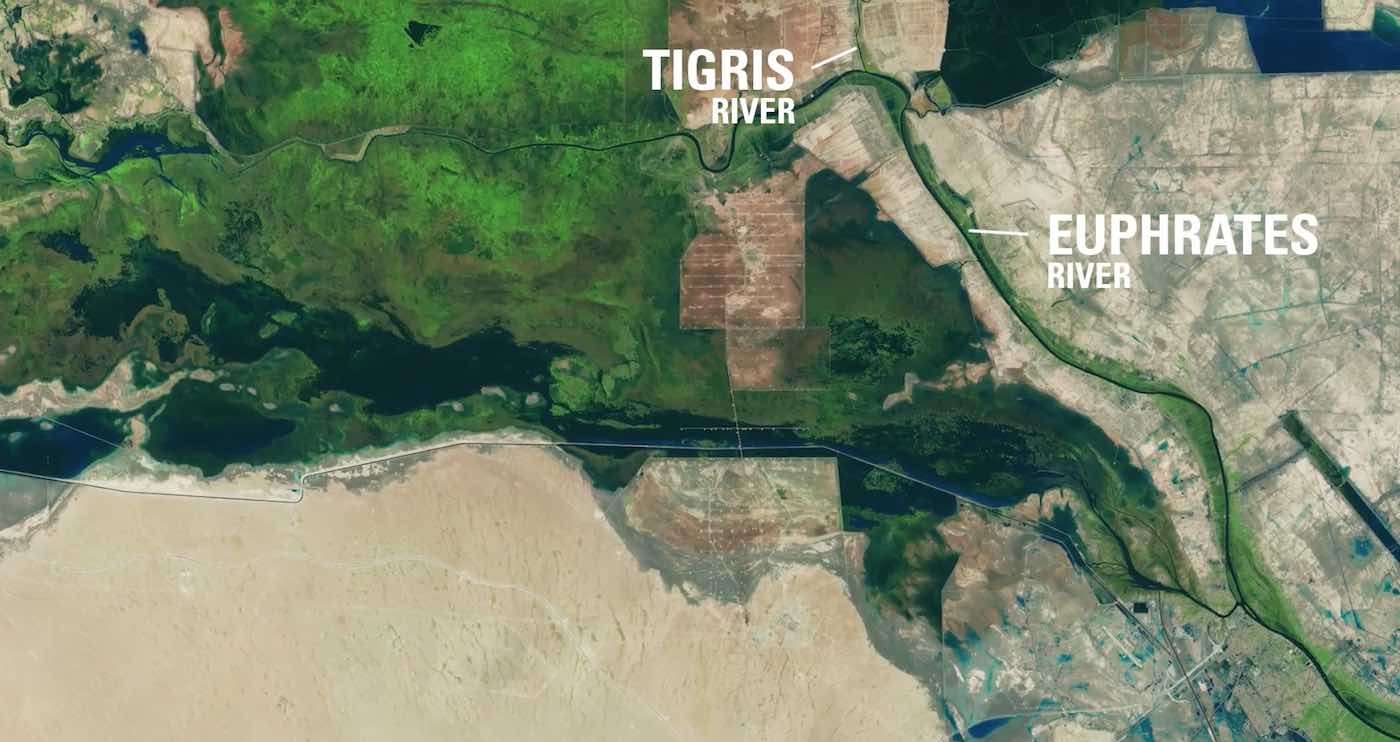One of the World's First Communities of 3D Printed Homes is Set to House Mexico's Poorest Families
Thanks to a specially designed 3D printer for building houses in rural locations, these cozy homes required less than 24 hours of printing time.

At the confluence of the Tigris and Euphrates rivers, considered by some to be the original Garden of Eden, almost half of Iraq's fabled marshlands of Mesopotamia have once again been restored with water and wildlife, 15 years after nearly being annihilated by Saddam Hussein.
The progress is thanks to a multi-million dollar effort managed by the United Nations Environment Program (UNEP).
Satellite images released this week showed that almost 50 percent of the total area, one of the world's largest wetland ecosystems, had been re-flooded, in sharp contrast to agency images in 2001 revealing 90 percent of the marshlands had already been lost.
They were ravaged by a vast drainage operation carried out by Hussein's government after the 1991 Persian Gulf War intending to punish and displace the area's indigenous Shiite people who made their living entirely from the free-flowing water.
He ordered that a large dam be built. The result was the desertification of the Tigres and Euphrates rivers' millennia-old wetlands, and the near destruction of a unique cultural heritage.
Once an area totaling almost 9,000 square km (7,700 square miles), only 9 percent of the marshlands remained in 2002.
As the regime fell in 2003, people began to open dams and break down the embankments that had been built in an operation led by the local community, funded by Japan and Italy, and managed by UNEP.
Up to 22,000 people living in the region are now getting access to safe drinking water, UNEP said. The program aims eventually to provide clean water for up to 100,000.
300 Iraqis have been trained in marshland management techniques.
By mid 2006, 23 kilometers of water distribution pipes and 86 distribution taps had been installed. A sanitation system pilot project is also being implemented in the community of Al-Chibayish.
The area is now a UNESCO World Heritage Site.
WATCH the short story with satellite images from the US Geological Survey…
Be the first to comment